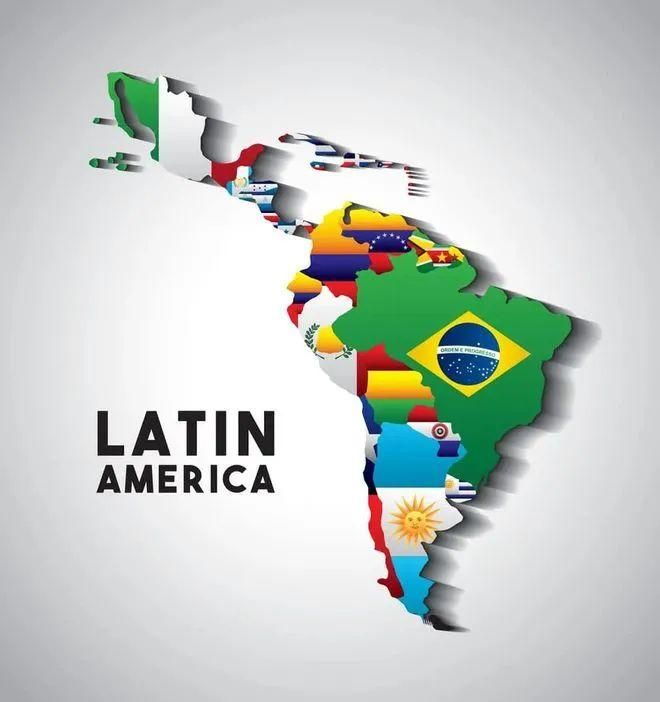The competition in the cross-border e-commerce market is becoming increasingly fierce, and many sellers are actively looking for emerging markets. In 2022, Latin American e-commerce will develop rapidly at a growth rate of 20.4%, so its market potential cannot be underestimated.
The rise of the cross-border e-commerce market in Latin America is based on the following conditions:
1. The land is vast and the population is huge
The land area is 20.7 million square kilometers. As of April 2022, the total population is about 700 million, and the population tends to be younger.
2. Sustained economic growth
According to a report previously released by the United Nations Economic Commission for Latin America and the Caribbean, the Latin American economy is expected to grow by 3.7% in 2022. In addition, Latin America, as the region with the largest urban population growth rate and proportion among developing countries and regions, has a relatively high overall urbanization level, which provides a good foundation for the development of Internet companies.
3. Popularization of the Internet and Widespread Use of Smartphones
Its Internet penetration rate exceeds 60%, and more than 74% of consumers choose to shop online, an increase of 19% over 2020. The number of online consumers in the region is expected to rise from 172 million to 435 million by 2031. According to Forrester Research, online consumption in Argentina, Brazil, Chile, Colombia, Mexico and Peru will reach US$129 billion in 2023.
Currently, the mainstream e-commerce platforms in the Latin American market include Mercadolibre, Linio, Dafiti, Americanas, AliExpress, SHEIN and Shopee. According to platform sales data, the most popular product categories in the Latin American market are:
1. Electronic products
Its consumer electronics market is expected to experience significant growth in the next few years, and according to Mordor Intelligence data, the compound annual growth rate during 2022-2027 is expected to reach 8.4%. Latin American consumers are also seeing increased demand for smart accessories, smart home devices and other smart home technologies, with a focus on countries such as Mexico, Brazil and Argentina.
2. Leisure and entertainment:
The Latin American market has a great demand for game consoles and toys, including game consoles, remote controls and peripheral accessories. Because the proportion of the population aged 0-14 in Latin America has reached 23.8%, they are the main force of consumption of toys and games. In this category, the most popular products include video game consoles, motion games, branded toys, dolls, sports games, board games, and plush toys, among others.
3. Household appliances:
Household appliances are a widely popular product category in Latin American e-commerce markets, with Brazilian, Mexican and Argentinian consumers driving the growth of this category. According to Globaldata, home appliance sales in the region will increase by 9% in 2021, with a market value of $13 billion. Merchants can also focus on kitchen supplies, such as air fryers, multi-function pots and kitchenware sets.
After entering the Latin American market, how can merchants further open up the market?
1. Focus on local needs
Respect the unique product and service needs of local users, and select products in a targeted manner. And the selection of categories must comply with the corresponding local certification.
2. Payment method
Cash is the most popular payment method in Latin America, and its mobile payment proportion is also high. Merchants should support local mainstream payment methods to improve user experience.
3. Social Media
According to eMarketer data, nearly 400 million people in this region will use social platforms in 2022, and it will be the region with the largest number of social media users. Merchants should flexibly use social media to help quickly enter the market.
4. Logistics
The concentration of logistics in Latin America is low, and there are many and complicated local regulations. For example, Mexico has strict regulations on import customs clearance, inspection, taxation, certification, etc. As an expert in cross-border e-commerce logistics, DHL e-commerce has a reliable and efficient Mexico dedicated line to create an end-to-end transportation solution for sellers.
Post time: Apr-17-2023








